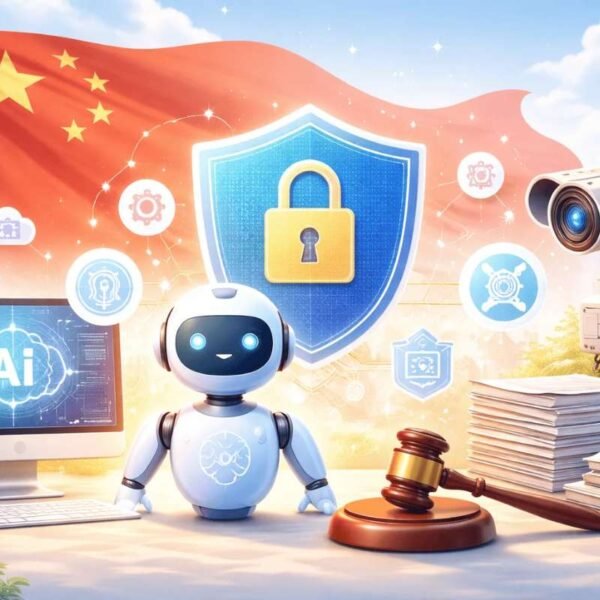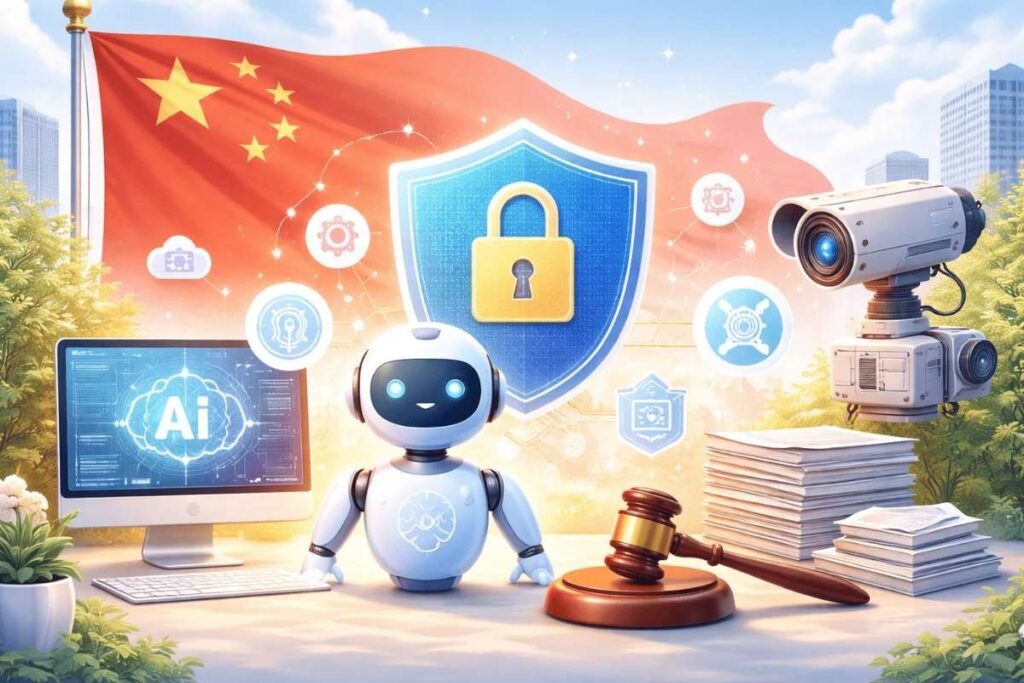In the ever-evolving landscape of business, the ability to make informed and strategic decisions is paramount. Strategic decision making is not merely a process; it is an art that requires a combination of analytical prowess, foresight, and effective leadership. This comprehensive guide delves into the intricacies of strategic decision making, exploring its fundamental principles, key components, challenges, and the role it plays in steering organizations toward success.
Defining Strategic Decision Making
1. Core Concepts
- Strategic Thinking: At its essence, it involves thinking strategically—anticipating future trends, considering long-term goals, and aligning decisions with the overall vision and mission of the organization.
- Decision Science: Strategic decisions often draw upon decision science, a multidisciplinary field that incorporates aspects of psychology, economics, and mathematics to understand and improve decision-making processes.
2. Key Components
- Goal Alignment: Strategic decisions should align with the overarching goals and objectives of the organization. This ensures that every decision contributes to the realization of the organization’s vision.
- Risk Assessment: An integral part of strategic decision making involves assessing potential risks and uncertainties. This includes identifying, analyzing, and mitigating risks to make informed and proactive decisions.

- Resource Allocation: Efficient allocation of resources, including financial, human, and technological assets, is a critical component. Strategic decisions should optimize the use of resources to achieve the desired outcomes.
Principles of Strategic Decision Making
1. Long-Term Vision
- Future-Oriented: Strategic decisions are inherently future-oriented, considering the long-term impact and sustainability of choices made today. This requires leaders to envision the organization’s trajectory in the years and decades to come.
- Adaptability: A long-term vision does not imply rigidity. Successful decision making involves being adaptable and responsive to changing circumstances, market dynamics, and technological advancements.
2. Data-Driven Insights
- Informed Decision Making: Leveraging data and analytics provides the foundation for informed decision making. Data-driven insights enable leaders to assess trends, identify opportunities, and make decisions based on empirical evidence.
- Forecasting: Anticipating future scenarios through data analysis and forecasting allows organizations to position themselves strategically in the market and capitalize on emerging trends.
3. Stakeholder Involvement
- Collaboration: Inclusive decision-making processes involve key stakeholders at various levels. Collaborative efforts ensure diverse perspectives are considered, fostering a sense of ownership and commitment to the strategic direction.
- Communication: Transparent communication of strategic decisions is essential. Leaders must effectively convey the rationale behind decisions, the expected outcomes, and the role each stakeholder plays in the execution of the strategy.

Unveiling the Essence of Business Leadership: Strategies for Success
In the ever-evolving landscape of the business world, effective leadership stands as the linchpin for success. Business leadership goes beyond merely managing a team; it involves inspiring, guiding, and steering an organization toward its goals.
Challenges in Strategic Decision Making
1. Uncertainty and Complexity
- Dynamic Environments: The business landscape is often dynamic, marked by rapid changes in technology, market conditions, and global events. Strategic decision making must navigate uncertainty and complexity with agility.
- Incomplete Information: Decisions are made in an environment where complete information is rarely available. Leaders must learn to make well-informed decisions despite the inherent ambiguity and lack of perfect information.
2. Cognitive Biases
- Confirmation Bias: The tendency to favor information that confirms preexisting beliefs can lead to suboptimal decisions. Strategic decision-makers must be aware of cognitive biases and actively seek diverse perspectives.
- Overconfidence: Overestimating one’s abilities or the accuracy of information can result in risky decisions. Cultivating a culture of humility and openness to feedback is crucial in mitigating overconfidence.
3. Implementation Challenges
- Resistance to Change: Even well-crafted strategic decisions may face resistance from within the organization. Leaders must anticipate and address resistance to ensure the effective implementation of strategic plans.
- Resource Constraints: Limited resources can pose challenges in executing strategic decisions. Efficient resource allocation and a phased implementation approach are essential to overcoming these constraints.
Role of Leadership in Strategic Decision Making
1. Visionary Leadership
- Setting the Tone: Visionary leaders articulate a compelling vision that serves as a guiding light for strategic decision making. They inspire and motivate teams by creating a shared understanding of the organization’s purpose and direction.
- Cultivating Innovation: Visionary leaders encourage innovation and creative thinking. They foster a culture where calculated risks are embraced, and employees feel empowered to contribute innovative ideas to the decision-making process.
2. Decisiveness
- Timely Decision Making: Effective leaders exhibit decisiveness by making timely decisions. Delayed decision making can lead to missed opportunities or increased risks, underscoring the importance of decisive leadership.

- Learning from Mistakes: Decisive leaders also recognize the inevitability of occasional missteps. Instead of dwelling on failures, they view them as learning opportunities and adjust their strategies accordingly.
3. Emotional Intelligence
- Understanding Stakeholder Emotions: Leaders with high emotional intelligence navigate the complexities of strategic decision making by understanding and managing their own emotions and those of their team members and stakeholders.
- Conflict Resolution: Emotional intelligence enables leaders to navigate conflicts that may arise during the decision-making process. They foster a collaborative environment where conflicts are addressed constructively.
Technological Advancements and Decision Support
1. Artificial Intelligence (AI)
- Predictive Analytics: AI and machine learning algorithms contribute to predictive analytics, providing organizations with insights that aid in forecasting and decision making.
- Automated Decision Systems: AI-driven decision support systems automate routine decisions, allowing human decision makers to focus on more complex and strategic aspects.
2. Big Data Analytics
- Data-Driven Decision Making: Big data analytics processes vast amounts of data to extract meaningful patterns and insights, enabling organizations to make more informed and strategic decisions.
- Real-Time Analytics: The ability to analyze data in real-time enhances the agility of decision-making processes, enabling organizations to respond promptly to changing conditions.
Future Trends
1. Integration of AI and Human Decision Making
- Augmented Intelligence: The future of strategic decision making involves the symbiotic relationship between AI and human decision makers, where AI augments human intelligence and supports more effective decision making.
- Explainable AI: As AI systems become more sophisticated, the importance of explainable AI grows. Future trends involve developing AI models that provide clear explanations for their decision-making processes, promoting transparency and trust.
2. Sustainable Decision Making
- Environmental, Social, and Governance (ESG) Considerations: Organizations increasingly integrate ESG considerations into their decision-making processes. Sustainable decision making involves assessing the impact of decisions on the environment, society, and governance.
- Corporate Social Responsibility (CSR): Future strategic decisions are likely to be influenced by a commitment to CSR, with organizations prioritizing social and environmental responsibility alongside financial considerations.

3. Continuous Learning and Adaptation
- Agile Decision Making: The adoption of agile methodologies extends beyond software development to strategic decision making. Agile decision-making processes prioritize adaptability, iterative learning, and quick responses to change.
- Scenario Planning: Organizations will invest in scenario planning methodologies to anticipate and prepare for various potential future scenarios. This approach enhances resilience and readiness for unexpected developments.
Conclusion
Strategic decision making is the cornerstone of organizational success, requiring a blend of visionary leadership, data-driven insights, and adaptability. As businesses navigate a dynamic and uncertain landscape, the art of making strategic decisions becomes increasingly crucial.










